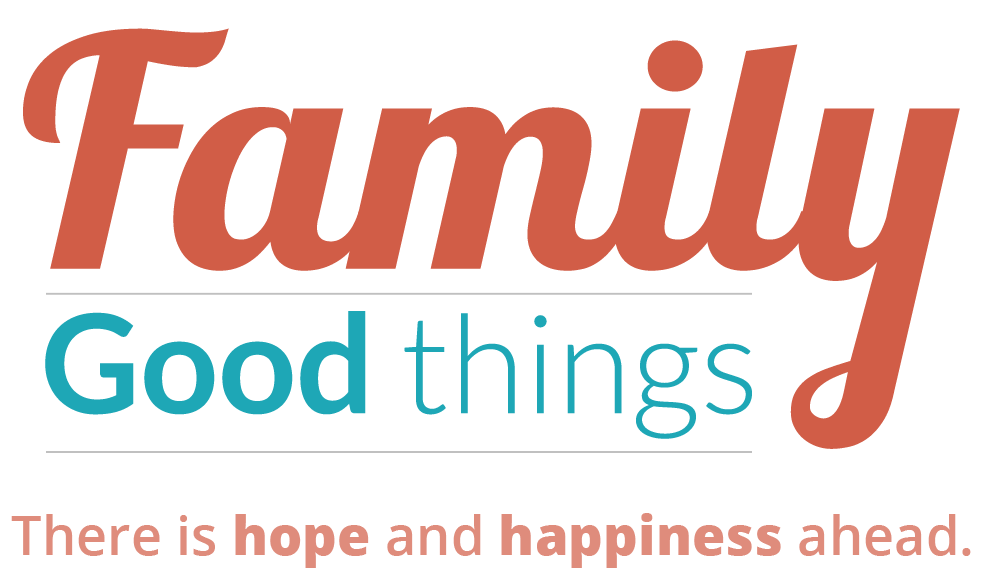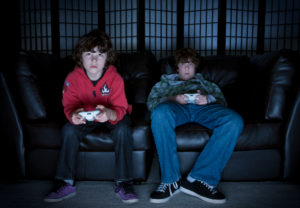Teasing or Sibling Abuse?

Sadie’s Story
Laying in the cold sheets of her bed as the tears dried on her face, Sadie wondered why they hated her. What had she done to them to have them hate her so much? Maybe if she was prettier and smarter like her older sister, or if she was blonde and had blue eyes like her younger sisters, they would love her more. She wondered if she was really adopted, more like hoped she was, and her birth parents would one day come and rescue her. Anxiety filled her mind and body just thinking about tomorrow. She knew she would soon have to face them all again, and it would start all over.
As morning came, she rolled herself out of bed. She listened at the door to make sure no one was coming down the hall. The sound of her parents talking, and her baby brother crying was all she heard. She opened her door slightly and peeked out. The hallway was clear to the bathroom, so she hurried across the hall and locked the bathroom door behind her. A quick shower was all she needed. As she turned on the water she heard a bang on the door, “Hurry up moron you have been in there all morning, it’s my turn.” She hurried out and as she passed an older sibling in the hall, she felt a hand on her head and then her face smack against the wall. “Watch where you’re going, idiot.” This was just the beginning of her morning and knew this wasn’t the worst of it. Sadie suffered each day with a constant battle for survival in her own home. Her siblings called her names, spit in her drinks when she wasn’t looking, made fun of her crooked teeth, and much more. Sadie wasn’t the only sibling to experience abuse happening in the family.
During the day she had some relief from the hate at home. She had a few friends but mostly kept to herself. She didn’t talk much because she was afraid of what her peers would say about her. Her teachers would often comment about how she was so quiet and never spoke up in class. But even the attention of her teacher asking her this filled her with anxiety. She was not used to having an adult talk to her in a calm manner. But this was still easy compared to what she faced at home.
Teasing or Sibling Abuse?
If this story is starting to sound like you have heard this before, then you may have come from a larger family or know someone who has. Although sibling abuse occurs most frequently in large families, it can still occur in any family, no matter how small or large. Some would say this behavior is just normal sibling behavior. That they are just playing and teasing each other. But how far does just teasing have to go to be considered abuse?
Overlooking this abuse can be detrimental to a child’s self-confidence and mental health. Children who suffer from sibling abuse are more likely to suffer from anxiety, depression, panic attacks, low self-esteem, self-harm, suicidal ideation, and suicide. They are at higher risk of facing other types of abuse in their life including domestic violence, dating violence, and intimate partner violence. If this abuse was happening to Sadie at school, there would be interventions to help stop this abuse. We have programs for domestic violence, child abuse, and bullying at school, but when it comes from a sibling it is considered harmless.
Research suggests that parents have a hard time determining what is abuse and what should be considered harmful teasing. In non-sexual sibling abuse, the abuse is more likely to be emotional and, in some cases, physical. In Sadie’s case, she was experiencing emotional and physical abuse. Her parents tried to stop the fighting but just couldn’t keep up. They never thought it could cause so many adverse effects for their children that they would carry with them through their lives. 40 % of American children have participated in physical sibling abuse, and 85 % participated in psychological abuse.
What Can I Do?
How can we help children like Sadie? Watch for signs, in Sadie’s case, the signs were: being quiet, keeping to herself, and being nervous to talk to others. Report to the authorities if you suspect something could be happening at home. Even if they do not find anything at least this allows the parents to reflect on their child’s well-being. Parents, watch how your children interact with each other, if there is name calling, hitting or other physical or mental abuse put a stop to it. Teach your children about respect and what to do if someone is mistreating them. And finally, by sharing the knowledge that sibling abuse is real we can help more children like Sadie to escape the trauma and anxiety of being afraid in their own home.
Fortunately, Sadie did get help, from her guidance counselor at school. Sadie and her family were able to get the family counseling they needed. She is currently working as a family therapist and advocating for children who are experiencing any form of abuse.

My name is Mindy Ash, I am from West Mountain, Utah. I have lived in Utah all of my life and love living here. I am married with three children. I have a son-in-law, a new grandbaby, and a soon-to-be daughter-in-law. I am currently working towards my bachelor’s degree in marriage, family, and human relations at Brigham Young University- Idaho through the pathways program. I will then work towards my master’s degree in family and marriage therapy. My plan is to help others who have struggled with a spouse or family member struggling with addiction.








